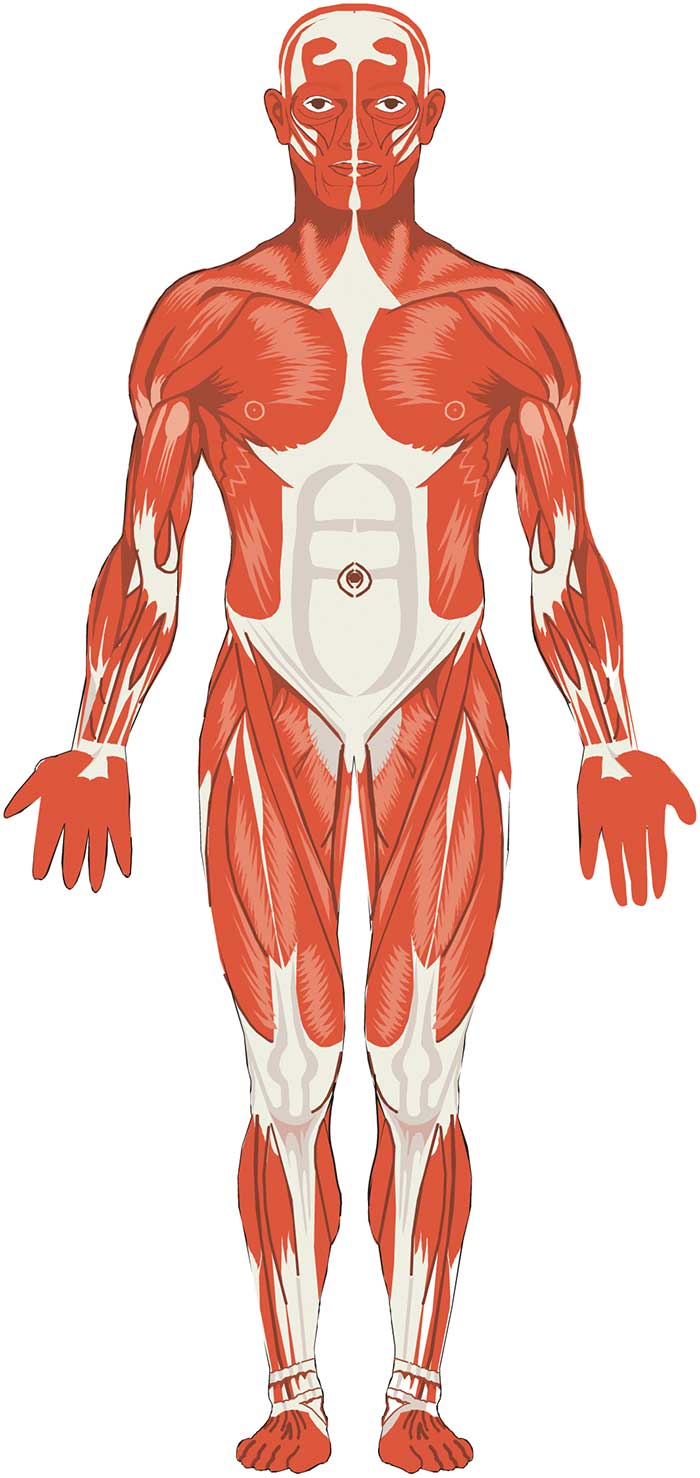Muscle biopsies — a procedure that removes a small sample of tissue for lab testing and is often used to diagnose and treat a wide range of movement disorders — can be painful and invasive. And it can take weeks to get the results.
Now, scientists at the Rehabilitation Institute of Chicago have developed a better way: resonant reflection spectroscopy (RRS). It’s a faster, minimally invasive technique that the team has applied to living muscle tissue.

A minimally invasive, faster spectroscopy technique, developed at the Rehabilitation Institute of Chicago, could someday replace painful muscle biopsies.
The patent-pending technology consists of a laser source that continuously sweeps across and illuminates muscle through a 1/4-mm fiber optic probe. This is inserted directly into the muscle and positioned parallel to sarcomeres, which are responsible for generating muscle force. The optical probe then collects reflected light from the muscle, and these data are used to calculate sarcomere length.
“Our findings demonstrate a new method to measure protein-scale interactions during muscle movement,” said Richard Lieber, a physiologist at the Rehabilitation Institute and senior author of this study — published in the Biophysical Journal (doi: 10.1016/j.bpj.2016.12.046). “To our knowledge, this method achieves sample sizes, resolutions and compatibility with human movements that no other current or proposed technique can match.”
In their work, the researchers found that RSS could simultaneously sample 4200 sarcomeres spanning millimeters of muscle tissue in a 10th of a millisecond, capturing nanometer-scale changes in sarcomere length during passive stretch and electrically stimulated twitch contractions of lower leg muscles in rabbits.
“In theory,” the researchers said, “the technique could enable the complete 3D reconstruction of sarcomere proteins for studying muscle diseases.” They agree the technology will ultimately be suitable for routine clinical use, but to ensure this, they are currently addressing technical challenges — developing a new optical source and optical probe, and making the technology more affordable.
“We plan to use this technology in both fundamental and clinical studies of human movement and movement disorders,” Lieber said. “We hope that these new experiments lead to better understanding and maintenance of human muscle health.”